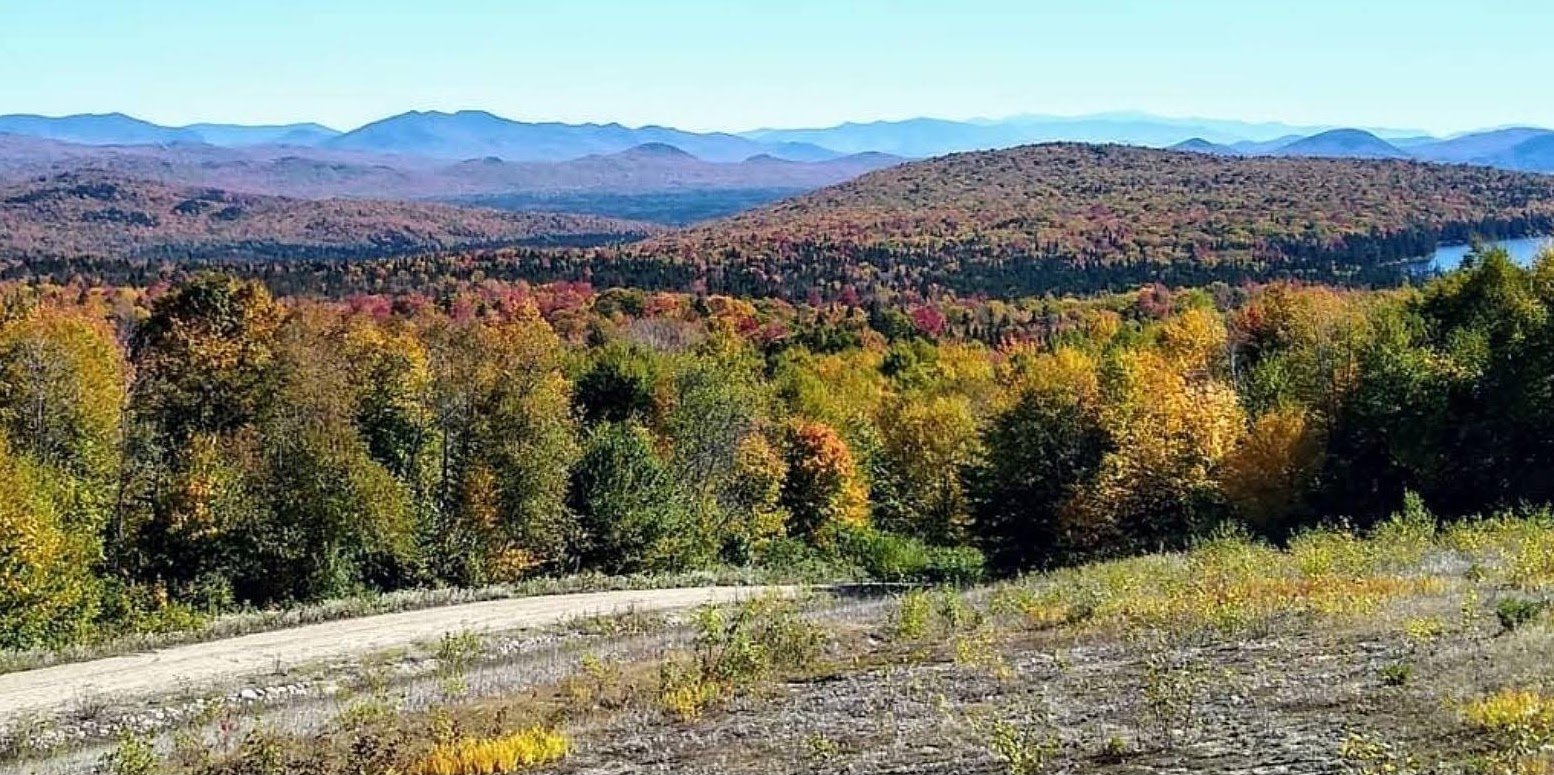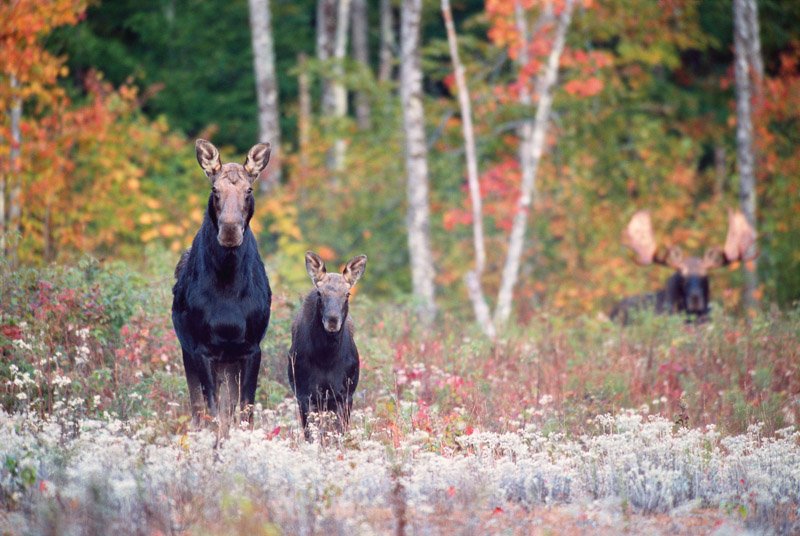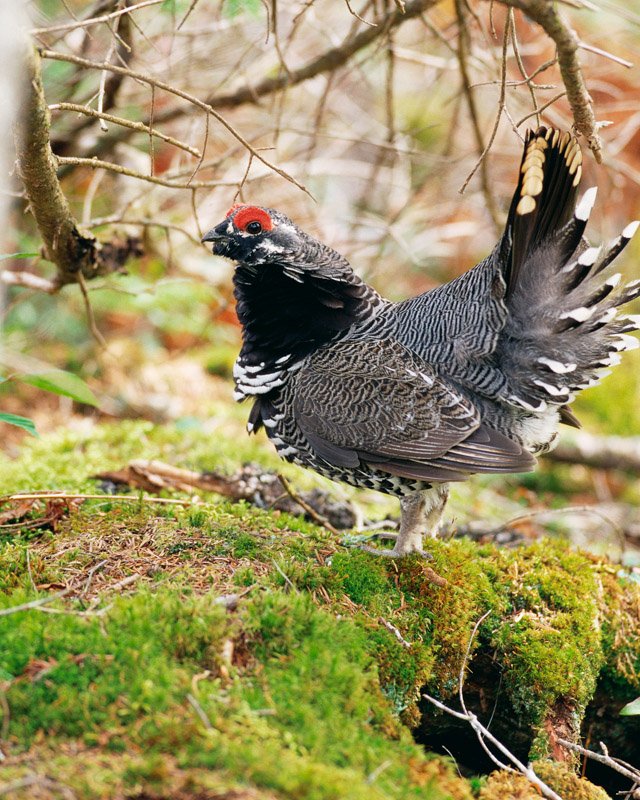
About the Refuge
Photo Credit: Judy Valente
Located in the remote towns of Brunswick, Ferdinand, Bloomfield, and Lewis, Vermont, the Nulhegan Basin Refuge is one of 22 Divisions/Units of the Silvio O. Conte National Fish and Wildlife Refuge. The Nulhegan Basin Division offers outdoor recreational opportunities for a variety of personal interests. Forty miles of gravel roads accommodate passenger vehicles and are generally open between Memorial Day and early December (roads are not plowed during the winter).
The headquarters of the Nulhegan Basin Division are located on Route 105 in Brunswick, VT, and is open daily from 8.00 am to 4.30 pm. Admission to the Visitor Center and its entertaining and educational displays, located in the main headquarters, is free.
The Headquarters and Visitor Center
Photo Credit: USFWS
The Nulhegan River
Photo Credit: Tom LaPointe, USFWS
Refuge land consists of more than 26,000 acres of conifer and deciduous forest, interspersed with forested wetlands, peatlands, and shrub swamps, and contains three tributaries to the Nulhegan River, which flows into the Connecticut River.
Fifty-five percent of Nulhegan Basin is a single age cohort, meaning the trees are the same age and the same height, a very atypical situation resulting from clear cutting. These lands are nested within a working forest landscape exceeding 150,000 acres. Located just a few miles south of the Canadian border, the Basin’s vegetation most closely resembles that of the northern Appalachian Mountains, interspersed with elements of the boreal forest to the north.
The Refuge is open to the public for hunting, fishing, snowmobiling, wildlife observation and photography, and environmental education. Visitor opportunities include access to formal trails and overlooks, as well as access to remote areas off trails.
The area is well known for its remote and rugged landscape, home to an abundance of boreal bird species, migrant songbirds, mammals, cold-water fish, amphibians, and rare plants. Dozens of warbler, thrush, vireo, and other migratory songbird species can be seen and heard in the Refuge’s forests. American woodcock, ruffed grouse, waterfowl, and various birds of prey can be commonly observed. A variety of mammals including moose, black bear, white-tailed deer, snowshoe hare, red squirrel, beaver, fisher, bobcat, and coyote are year-round residents.
Nashville Warbler with Babies in Ground Nest
Photo Credit: Roger Irwin
Beaver
Photo Credit: Roger Irwin
Northern Parula Warbler Feeds Caterpillar to Baby in Lichen Nest
Photo Credit: Roger Irwin
Moose Cow with Calf; Bull Moose in the Background
Photo Credit: Roger Irwin
Audubon designated the Nulhegan Basin as an Important Bird Area. The Refuge was recently found to support the federally-threatened Canada lynx. It also possesses among the largest state-wide populations of moose and black bear. The Refuge provides critical habitat for the State endangered spruce grouse and important shelter for wintering deer.
Spruce Grouse
Photo Credit: Roger Irwin
The Refuge works to restore and manage habitats for key species, such as forest-dependent migratory songbirds and native fish, in particular, eastern brook trout. To date, this has involved creating early-successional habitats to benefit American woodcock, a species in long-term population decline, as well as associated birds that depend on this vegetation structure. Forest management works to restore diversity in age structure, improve structural complexity of stands, and enhance the development of late successional stages. Aquatic restoration has relied heavily on the efforts of partners such as Trout Unlimited and the Vermont Fish and Wildlife Department. Activities include in-stream work to create greater channel diversity and a more complex habitat structure, as well as enlarging culverts to remove barriers to the passage of fish.
Brook Trout
Photo Credit: USFWS







